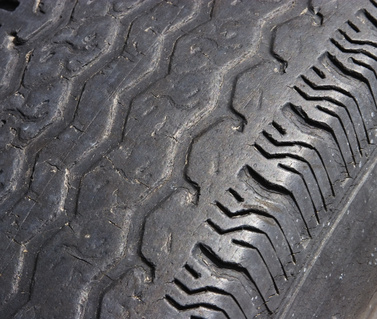
Becoming familiar with factors that affect tire tread wear can make the difference between frequently buying new tires and stretching the most life out of a tire set. Driving style and degree of maintenance factor into the longevity of tire tread.
According to the NHTSA (National Highway Traffic Safety Administration), avoiding rough roads and maintaining manufacturer-recommended tire pressure will increase tire longevity, fuel mileage and vehicle performance, and decrease the chance of tire failure. Routine tire care will save you money by maximizing the life of your tires.
Consumers Reports suggests rotating your tires every 6,000 to 8,000 miles to increase tire longevity. Front and rear tires wear differently, whether your vehicle is front-wheel-drive, rear-wheel-drive or all-wheel-drive. Rotating tires helps even out the overall tire wear.
It is federally mandated that every tire sold in the United States must be DOT-rated and graded under the Uniform Tire Quality grading system, which rates tire traction, tread wear and temperature range. Familiarize yourself with the markings stamped into each tire sidewall because they explain load capacity, speed rating, necessary rim diameter, maximum PSI and tire type, all of which correspond to the intended use of the tire. Exceeding any of the suggested limits will decrease tread life and is potentially dangerous.
Hard acceleration and braking decrease tire life. Vehicle suspension components that are worn or out of alignment can also decrease tread life. Common causes for wheel misalignment include worn tie-rod ends, loose suspension parts and damaged ball joints. Identifying a tire's manufacture date, using the last four digits of the DOT identification number on the tire sidewall is also important, because older tires will wear more quickly.
Tires with tread depth of 1/16th of an inch or less are dangerous. As a rule of thumb, the “Lincoln Test” works--take a penny and insert it into the shallowest part of the tread with Lincoln’s head upside-down and facing you. If the top of Lincoln’s head is visible, the tires need replacement.